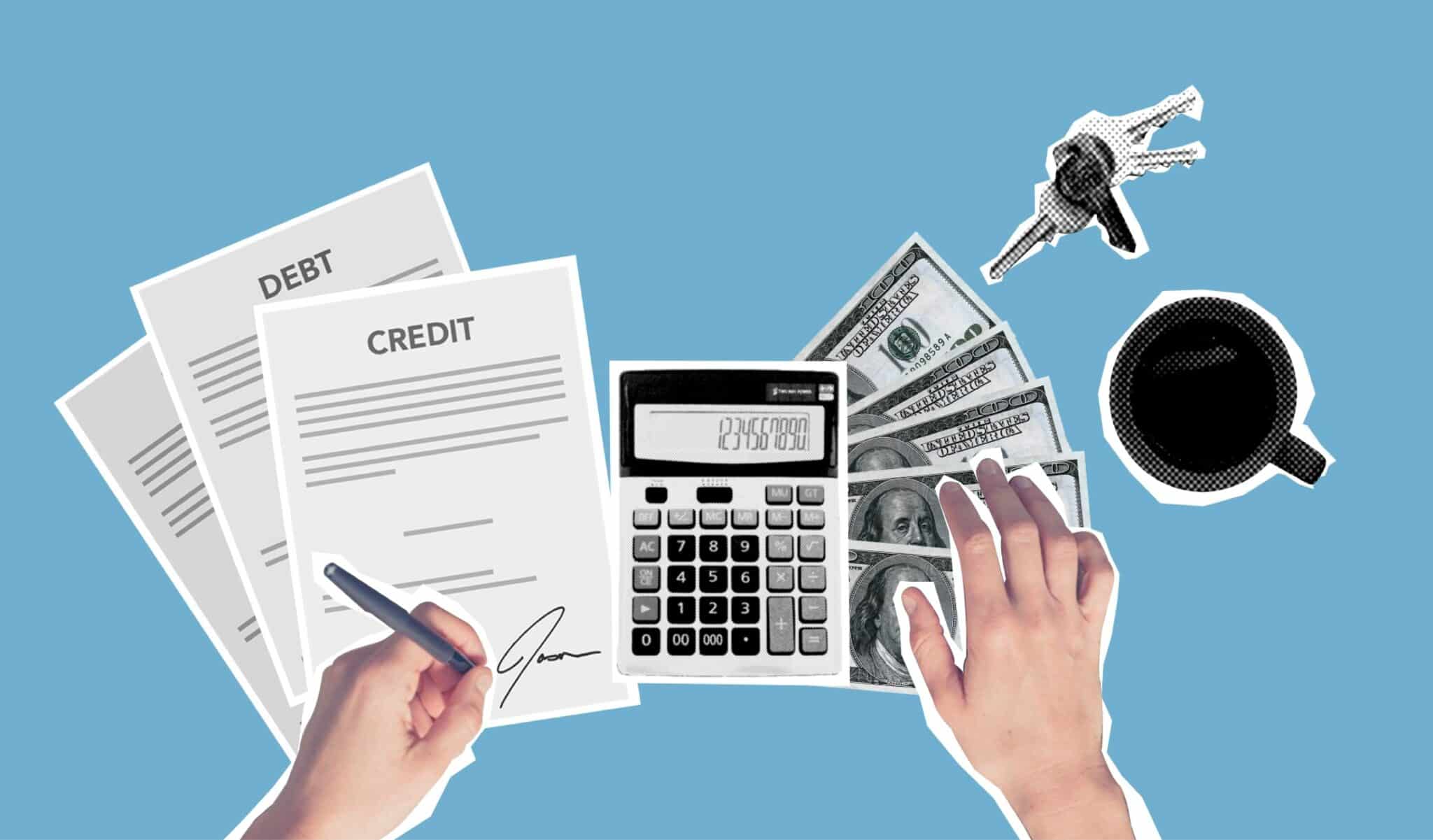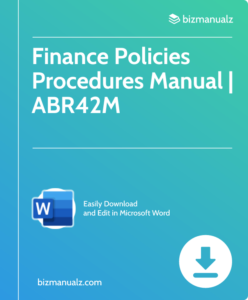How to Classify Debt Due On Demand

Classifying debt due on demand is essential for financial institutions. Knowing the types of debt and their effects is key for managing and assessing business risks. This article examines the complexities of this classification process. How to classify debt due on demand.
Classifying Debt Due On Demand
Debt due on demand is an important factor in today’s financial world. It’s when creditors must be repaid right away. Unlike long-term loans, debt due on demand gives flexibility, yet carries more risk.
When classifying debt due on demand, it’s important to think about the obligation, repayment terms, and what happens if paid late. This lets financial institutions check their liquidity and make wise lending decisions.
Closely monitoring these debts is also crucial. Borrowers can have sudden issues that stop them from paying on-demand debts. To prevent defaults, financial institutions need strong systems to track these liabilities.
XYZ Bank is an example of the importance of classifying debt due on demand. They had a corporate client that couldn’t repay a large on-demand loan in time. This unexpected default had major effects on the bank’s liquidity, so they had to act quickly to reduce losses.
What is debt due on demand?
Debt due on demand means you must pay it back immediately if your lender asks. It doesn’t have a set period or payment plan. It can come from personal loans or credit lines.
The lender can ask to be paid back whenever they want. This gives them more control and freedom with their money. They can also check the borrower’s finances before deciding to get the money or extend the repayment time.
Interest isn’t normally added to debt due on demand. Since repayment isn’t planned, interest isn’t usually included. But, this depends on the agreement between the lender and borrower.
Borrowers are at extra risk with debt due on demand. Unlike regular loans with fixed terms, borrowers must always be ready to repay the debt when asked. If they don’t, it could harm their credit or the lender could take legal action.
Investopedia confirms that debt due on demand lets lenders have more freedom with their finances.
Importance of classifying debt due on demand
Classifying debt due on demand is hugely important in finance and banking. It helps organize debts that creditors can call in anytime. This makes it easier for financial institutions to manage their liabilities, leading to stability and openness.
Categorizing debt due on demand gives financial institutions an idea of the amount they can pay back. It also helps separate short-term and long-term liabilities, so resources can be allocated properly.
This classification also reduces risks associated with creditors asking for repayment suddenly. Knowing the size of such liabilities helps institutions stay prepared with enough liquidity. This ensures they can honor demands and protect their operations and reputations.
The classification also facilitates regulatory compliance. Reporting debt due on demand accurately and openly is critical for meeting accounting standards and rules. This builds trust between stakeholders, like investors and authorities.
For effective categorization of debt due on demand, financial institutions should invest in automated systems and processes. They should also audit and review regularly to ensure accuracy and consistency in reporting.
Factors to consider when classifying debts due on demand
When it comes to classifying debt due on demand, there are several factors to consider. Knowing these factors can help you make the right decisions when managing this type of debt. Here are some of the main factors:
- Terms of Agreement: The conditions outlined in the agreement between the creditor and debtor.
- Repayment History: Past repayment behaviour, including any missed or late payments.
- Financial Stability: The financial condition and stability of both the debtor and creditor.
- Legal Considerations: Any legal requirements or restrictions that apply to the debt.
Moreover, other unique details must be considered when classifying debt due on demand. For instance, assessing the current market and economic conditions can provide useful info on timely payments. Plus, understanding any collateral or security involved can also be important.
To classify and manage debt due on demand properly, all relevant factors must be taken into account. Ignoring any key aspect may lead to potential issues or lost opportunities for resolving the debt. So take charge today and analyze all the factors involved.
Doing so will maximize your financial health and protect you from any possible problems or missed chances for better debt outcomes.
Steps to classify debt due on demand
Classifying debts due on demand calls for a systematic approach. Here’s a 4-step guide to get you started:
- Assess Nature: Take a look at the terms and conditions of the debt agreement. Look for any signs of immediate repayment obligations.
- Evaluate Frameworks: Find out the legal frameworks governing debts due on demand in your jurisdiction. Ensure compliance with applicable laws.
- Consider Channels: Figure out how these demands are usually communicated in your industry. Written notices, verbal agreements, or other formal means.
- Document Classification: Once you have all the info, classify the debt in your records or financial statements. Clearly mark as “Debt Due on Demand”.
It’s important to seek legal/accounting advice tailored to your needs. Keep documentation and maintain communication channels with the debtor to avoid confusion/disputes.
Sarah is an example of the significance of classifying debts due on demand. She had multiple unpaid debts, one of which was a substantial amount. She failed to properly classify it in her records, which weakened her position during negotiations with the customer. She ended up resorting to legal action to recover the money owed.
This taught Sarah the importance of classifying these debts right away, setting expectations, and protecting her business financial health.
Examples and case studies
Examples and Case Studies: To understand debt classification, let’s look at some examples. Here’s a table showing how different cases are classified:
| Case | Classification |
|---|---|
| Company A | Current |
| Individual B | Non-current |
| Organization C | Current |
Company A’s debt is current as repayment is short-term. Individual B’s debt is non-current due to flexible payment terms. Organization C’s debt is current since it must be repaid immediately.
We must also consider factors such as interest rates, collateral, and maturity dates when classifying debt due on demand. These factors affect the risk and impact on financial statements.
Mr. Johnson’s story highlights the importance of proper classification. He failed to classify his short-term loans as current liabilities, causing cash flow problems and difficulty obtaining financing. This shows why accurate classification is essential for making sound financial decisions and keeping a balanced sheet.
Challenges and pitfalls in classifying debt due on demand
Classifying debts due on demand can be a struggle. It’s hard to tell what type of debt it is. There is no fixed repayment date. This makes it difficult to report accurately.
Accounting principles require liabilities to be reported when payments are probable. With debt due on demand, it’s not clear when payments will happen. Therefore, getting it right is very important.
Legally, if debtors don’t pay, there can be consequences. This makes it even more important to identify and manage the debt correctly.
Take Company XYZ as an example. They classified a large amount of debt as ‘due on demand’ but didn’t report it in their financial statements. Auditors found this and they were fined for misleading investors and creditors.
Best practices for accurate debt classification
To recognize the best techniques for precise debt classification, let’s investigate a table exhibiting the key elements to take into account:
| Factor | Description |
|---|---|
| Contract Terms | Analyze the loan or credit agreement to figure out if it is due on demand. |
| Legal Considerations | Investigate any legal obligations and regulations that may influence the debt classification. |
| Repayment History | Examine the borrower’s past repayment patterns to measure their capacity to meet obligations. |
| Communication with Debtors | Develop effective communication with debtors to stay informed of their financial state. |
Apart from these elements, it is essential to think about any special circumstances that might affect the correct classification of debt. For example, accounting standards and industry-specific guidelines may also be relevant in some situations.
To guarantee precision in your debt classification processes, consistent monitoring and frequent updates are necessary. By remaining proactive and adapting to changes in regulations or contractual terms, you can keep precise classifications.
Executing these best practices can result in informed decision-making and enhanced financial reporting. Don’t let inaccurate debt classification impede your company’s success; follow these guidelines strictly for more dependable financial information.
Classify Debt Due On Demand
Classifying debt due on demand is key for controlling and studying financial commitments. Knowing the diverse kinds of debt, like demand loans and lines of credit, can help businesses decide smartly about their fiscal policies.
Debt due on demand is credit or loans that the lender can demand at any moment. This type of debt gives freedom to both the borrower and the lender, as it allows payment to be requested when it is handy for the lender. However, it also brings certain risks for the borrower, since they must be ready to pay off the full amount quickly.
When classifying debt due on demand, matters like interest rates, repayment terms, and collateral need to be taken into consideration. Demand loans usually have higher interest rates than other loans, as they give more flexibility to the lender. On the other hand, lines of credit provide borrowers with more authority over when and how much they borrow.
Aside from examining the terms of the debt agreement, assessing the economic wellbeing and steadiness of the borrower is also essential. Lenders will evaluate elements including cash flow projections and assets to work out a borrower’s capacity to meet payment responsibilities.
It is significant to point out that classifying debt due on demand needs careful consideration and examination. Consulting professionals like accountants or financial advisors can be very helpful in this process.
Investopedia states that “evaluating and categorizing debt due on demand accurately is vital for sound risk management”. Being able to distinguish between different types of debt based on their terms and conditions helps businesses make educated decisions when handling their financial obligations.
Additional resources and references
To gain a comprehensive understanding of debt classification, it’s worth considering multiple sources. These may include online articles, research papers, textbooks, financial publications, professional associations, and websites of regulatory bodies. Furthermore, industry-specific forums and online communities can also provide real-world insights.
It’s important to effectively utilize these resources. Here are some tips:
- Check each source to identify its content.
- Take notes to retain key concepts.
- Compare different perspectives for a holistic understanding.
- Participate in discussions and forums.
- Stay up-to-date with new developments and best practices.
- Keep track of sources used for future reference.
By following these tips, you can make the most of the additional resources and references to enhance your understanding of debt classification.
Frequently Asked Questions
 Q1: What is debt due on demand?
Q1: What is debt due on demand?
A1: Debt due on demand refers to a type of borrowing where the lender can request repayment in full at any time they choose, without providing a specific maturity date.
Q2: How is debt due on demand different from other types of loans?
A2: Unlike traditional loans with fixed repayment schedules, debt due on demand gives lenders flexibility to demand repayment whenever they want, without prior notice or agreed-upon terms for repayment.
Q3: Who typically offers debt due on demand?
A3: Debt due on demand is usually offered by financial institutions, such as banks or credit unions, as a short-term borrowing option for their clients.
Q4: How is debt due on demand classified on financial statements?
A4: Debt due on demand is typically classified as a current liability on a company’s balance sheet or as a short-term debt on an individual’s personal financial statement.
Q5: Can debt due on demand be converted into a long-term loan?
A5: In certain cases, debt due on demand can be converted into a long-term loan if both parties agree to the new terms and conditions. However, this conversion is subject to the lender’s approval.
Q6: Is debt due on demand risky for borrowers?
A6: Yes, debt due on demand can be considered risky for borrowers as they may face sudden demands for repayment, potentially causing financial strain if they are not prepared to pay off the debt immediately.
















Leave a Reply